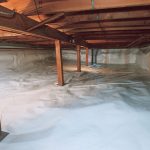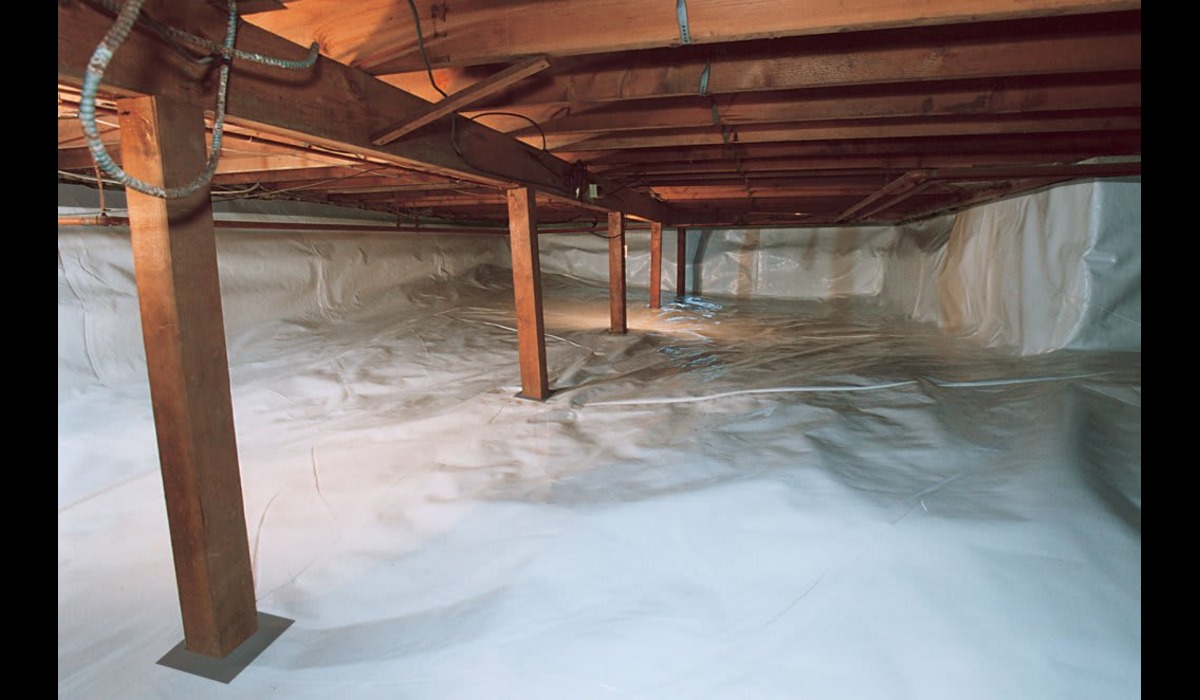Key Takeaways:
- Understand key strategies for maintaining a dry basement.
- Learn practical tips to enhance your basement’s waterproofing.
- Discover the role of drainage systems and their contribution to a water-resistant space.
Table of Contents
- Introduction
- The Basics of a Water-Resistant Basement
- Effective Drainage Systems and Their Benefits
- Essential Waterproofing Techniques
- Innovative Materials for Basement Protection
- Common DIY Waterproofing Mistakes
- Expert Tips for Long-Term Success
- Conclusion
Introduction
Creating a water-resistant basement is an endeavor that combines strategy and science. Water infiltration is a common enemy for homeowners, threatening their living spaces’ foundation and health. To combat this issue, adopting a proactive approach is essential. Understanding the dynamics of basement waterproofing Strongsville OH, and similar techniques across different regions can be invaluable.
The Basics of a Water-Resistant Basement
The key to a successful waterproofing strategy involves understanding what contributes to basement moisture. Common offenders include poorly executed construction techniques, inadequate draining, and compromised sealing methods. A thorough basement inspection to check for visible cracks, particularly in foundation floors and walls, can offer a clearer picture of its current state. Identifying these entry points early can prevent further complications and costly repairs. Keeping your basement dry also involves initial waterproofing, consistent maintenance, and awareness of emerging issues.
Effective Drainage Systems and Their Benefits
The cornerstone of any effective waterproofing system is a robust drainage arrangement. Basements often contend with surrounding moisture seeping through, making an efficient water management system vital. A reliable drainage system diverts water from your basement, helping maintain structural stability and longevity. Typically, this system uses a combination of exterior methods like French drains, downspouts, and gutters that collaborate to handle water movement effectively. This combined approach ensures that water is swiftly and effectively channeled away from the foundation, significantly reducing the risk of water intrusion.
Essential Waterproofing Techniques
Waterproofing extends beyond just applying sealant. To ensure comprehensive protection, utilize interior and exterior barrier techniques, often applying waterproof paints and coats. These products serve as an excellent line of defense against seeping moisture. Focusing on areas like wall-floor junctions, notorious for hidden leaks, is crucial. Employing concrete waterproofing agents can bolster your protection strategy, preventing water from ever reaching the interior surfaces. By layering your defense system, you maximize the effectiveness of these products and ensure longer-lasting results.
Innovative Materials for Basement Protection
Advancements in technology have introduced exciting new materials that enhance basement protection. Modern solutions include vapor barriers tailored to current environmental conditions and more effective sealants than traditional options. Such innovations often increase flexibility and resilience, offering superior protection against moisture ingress. These new materials are designed to be more environmentally friendly, delivering sustainable solutions without compromising performance. Integrating these advanced products into your waterproofing strategy gives you an edge in combating common moisture challenges more efficiently.
Common DIY Waterproofing Mistakes
The allure of tackling waterproofing projects can be strong, especially for the hands-on homeowner. However, this approach is fraught with potential missteps. A repeated mistake is failing to adequately prepare surfaces before applying sealants, which requires cleanliness and dryness for optimal adhesion. Likewise, misunderstanding product applications or durations can compromise their effectiveness. These common errors risk inadequate waterproofing and could result in more costly repairs. Awareness and proper understanding of the techniques required can help avoid these typical pitfalls.
Expert Tips for Long-Term Success
Waterproofing is not a “set it and forget it” venture. Instead, it demands regular check-ups and an alert eye for changes in your basement environment. Leading experts emphasize the necessity of periodic inspections to catch signs of moisture like discoloration, musty odors, or even slight dampness, which could indicate a pending problem. Checking areas prone to damage ensures issues are dealt with promptly, preventing minor glitches from escalating into major headaches. Expert advice consistently highlights proactive approaches that safeguard homes effectively.
Conclusion
A water-resistant basement is a testament to a well-thought-out plan and diligent execution. By leveraging modern techniques and materials, homeowners can enjoy the peace of mind of knowing their basement is safeguarded against moisture intrusions. Remember that the path to a dry space involves initial waterproofing and ongoing maintenance. Providing continual care to your basement will increase your home’s value, ensure its longevity, and keep your living environment healthy and safe.










